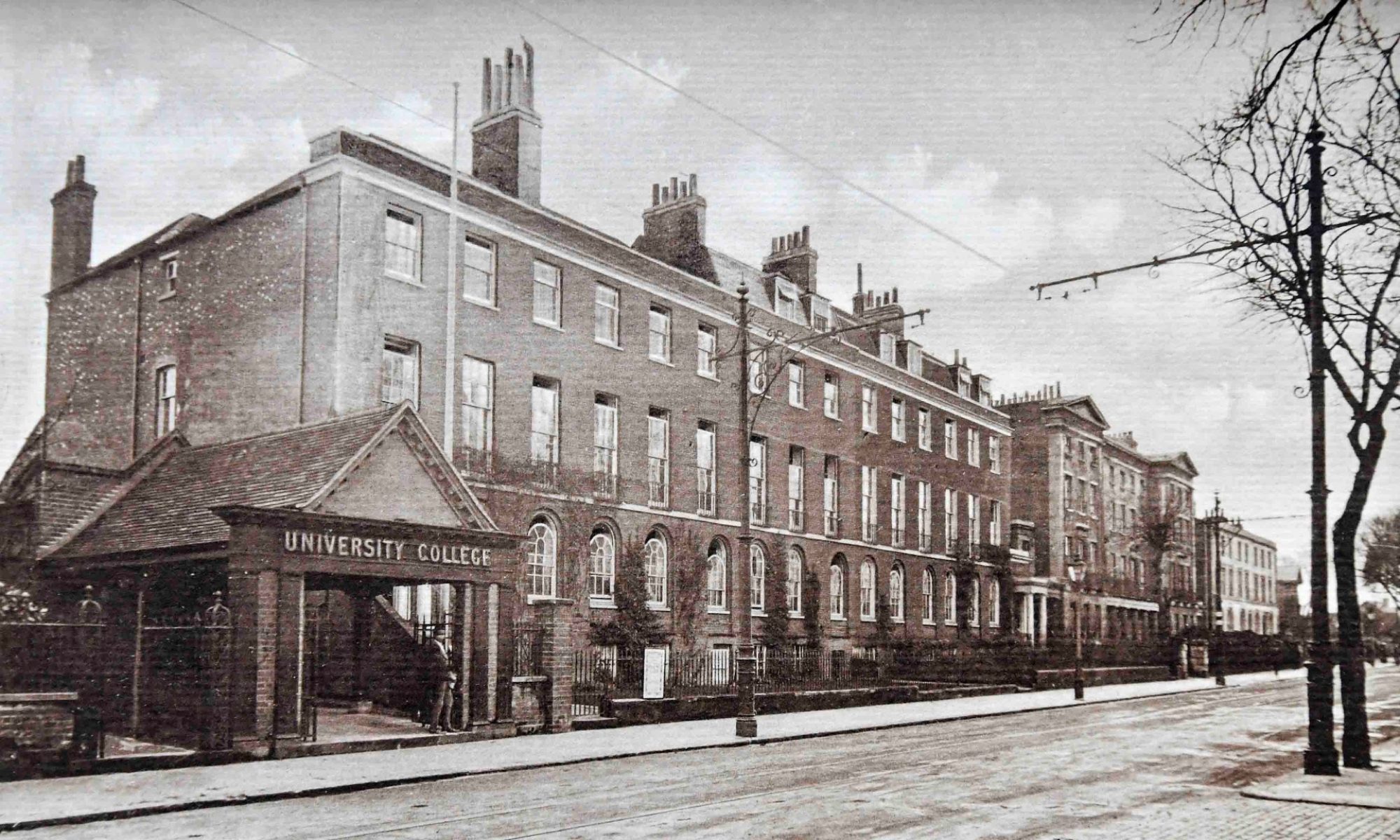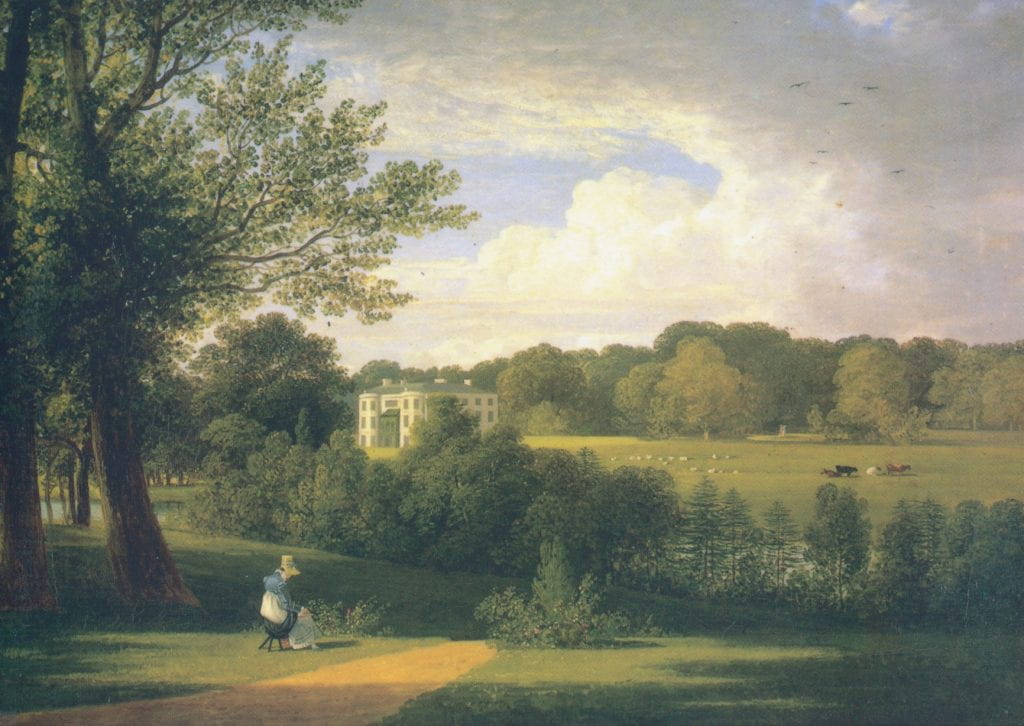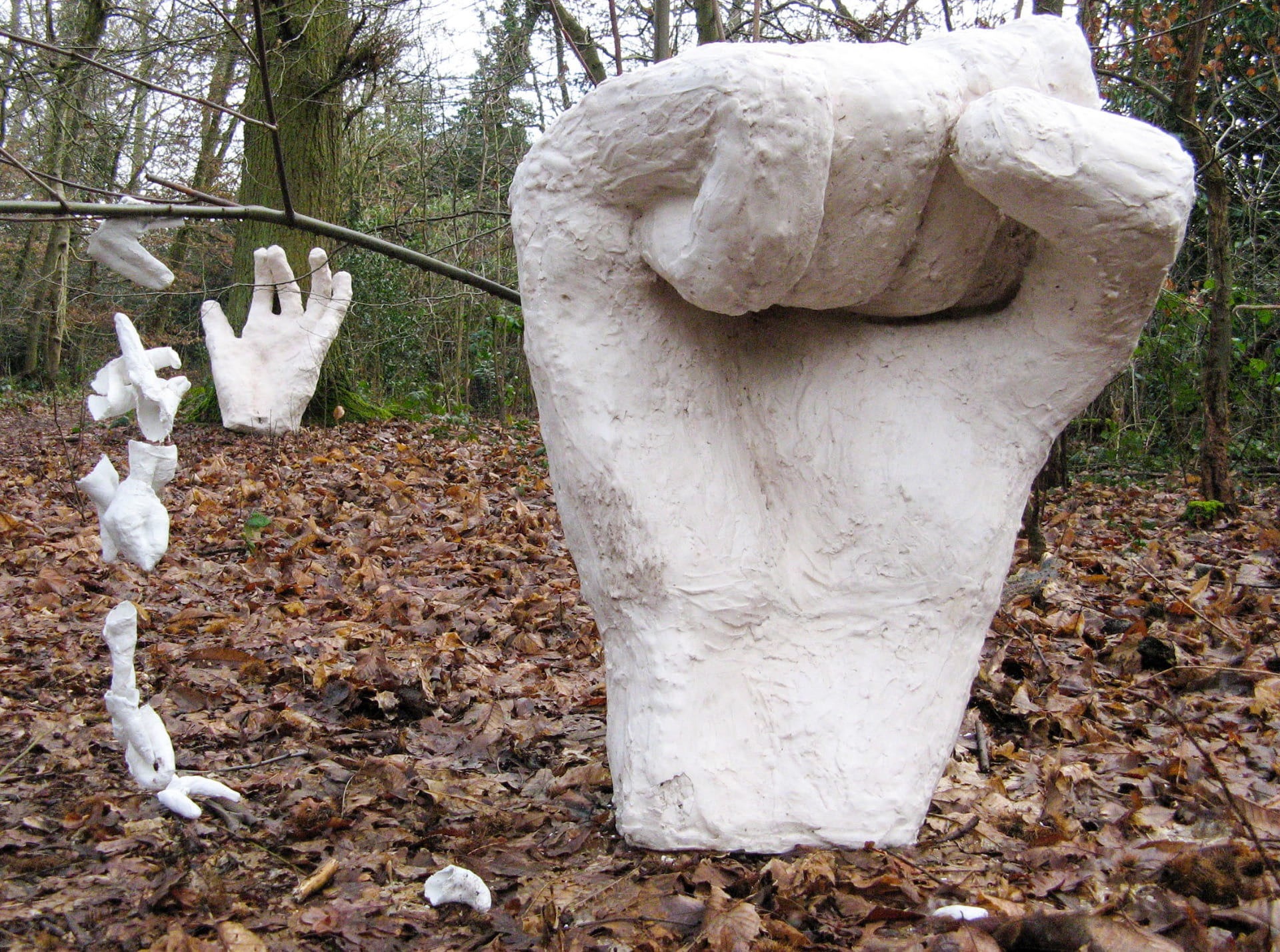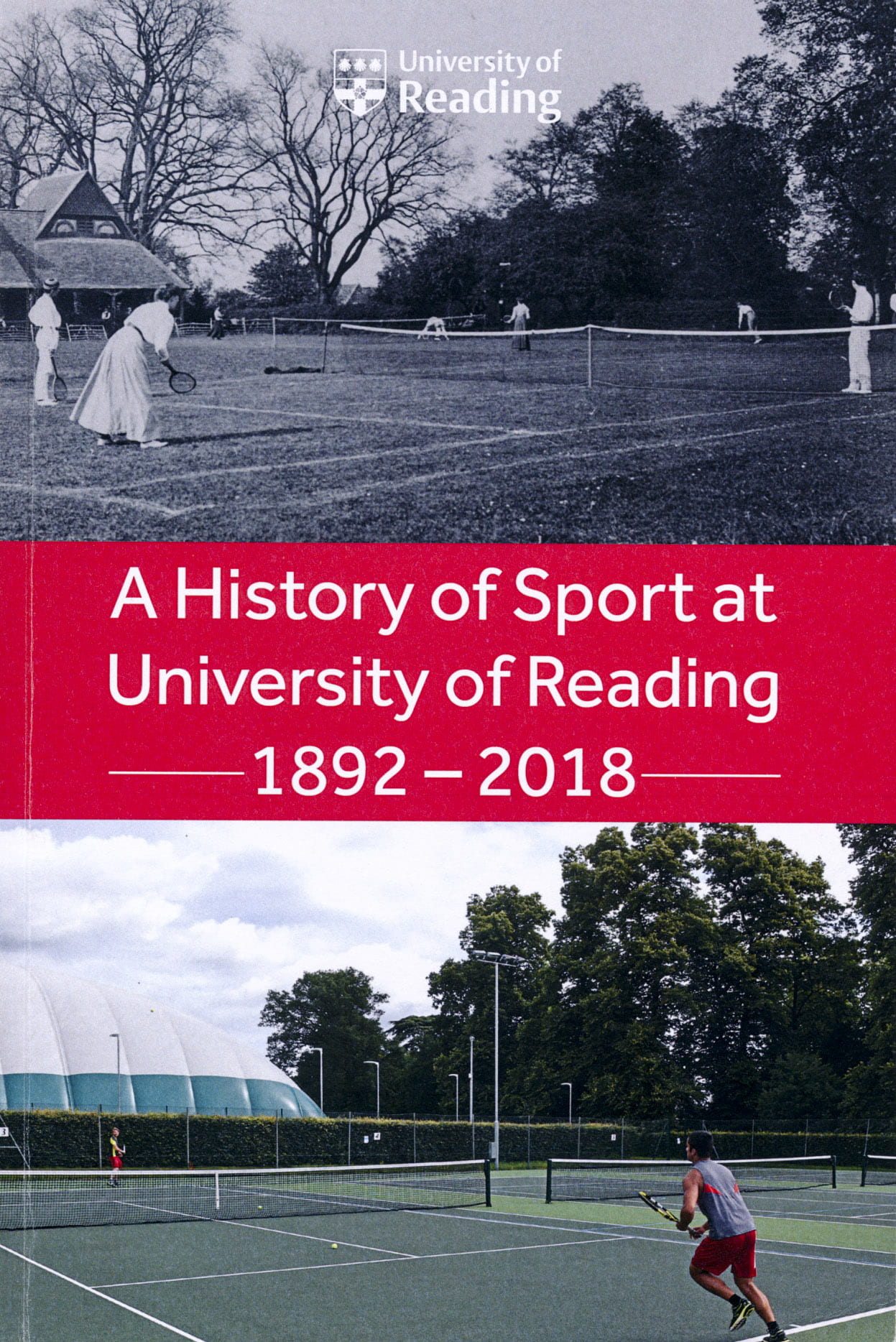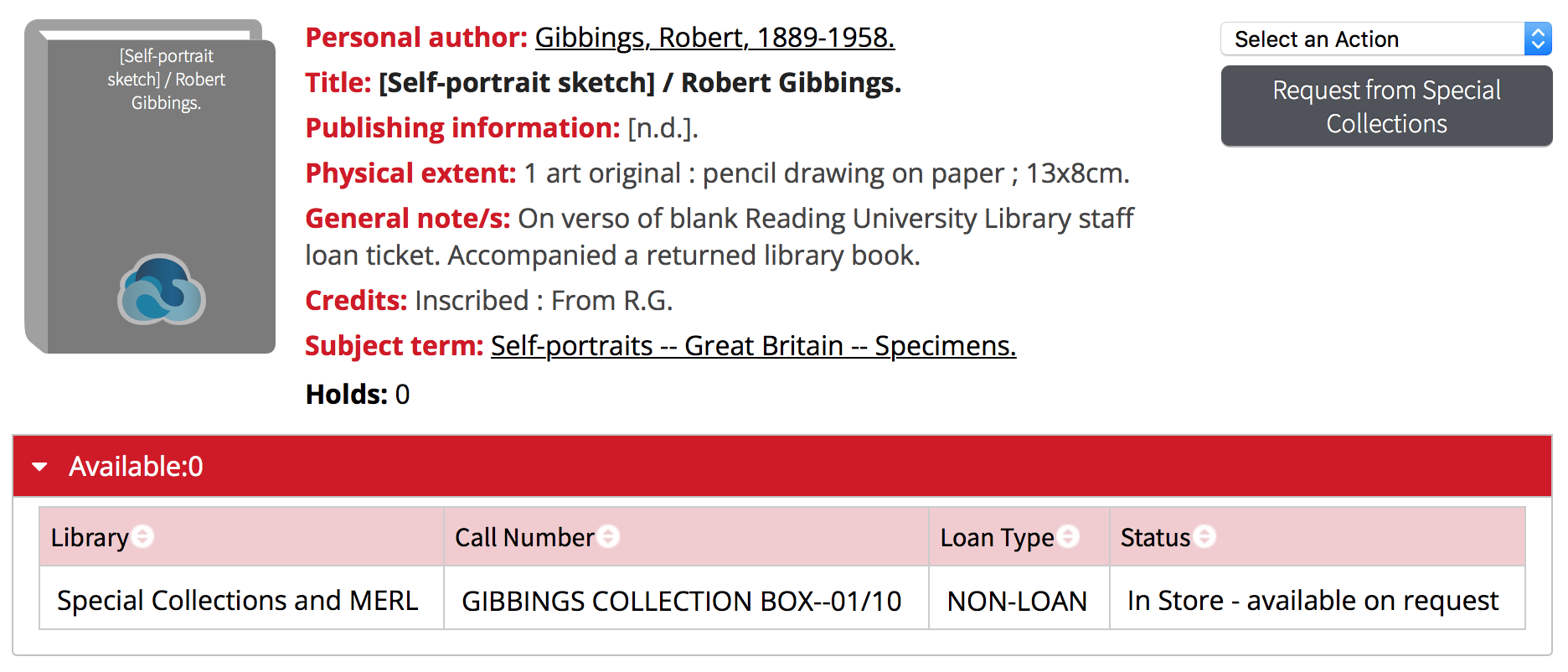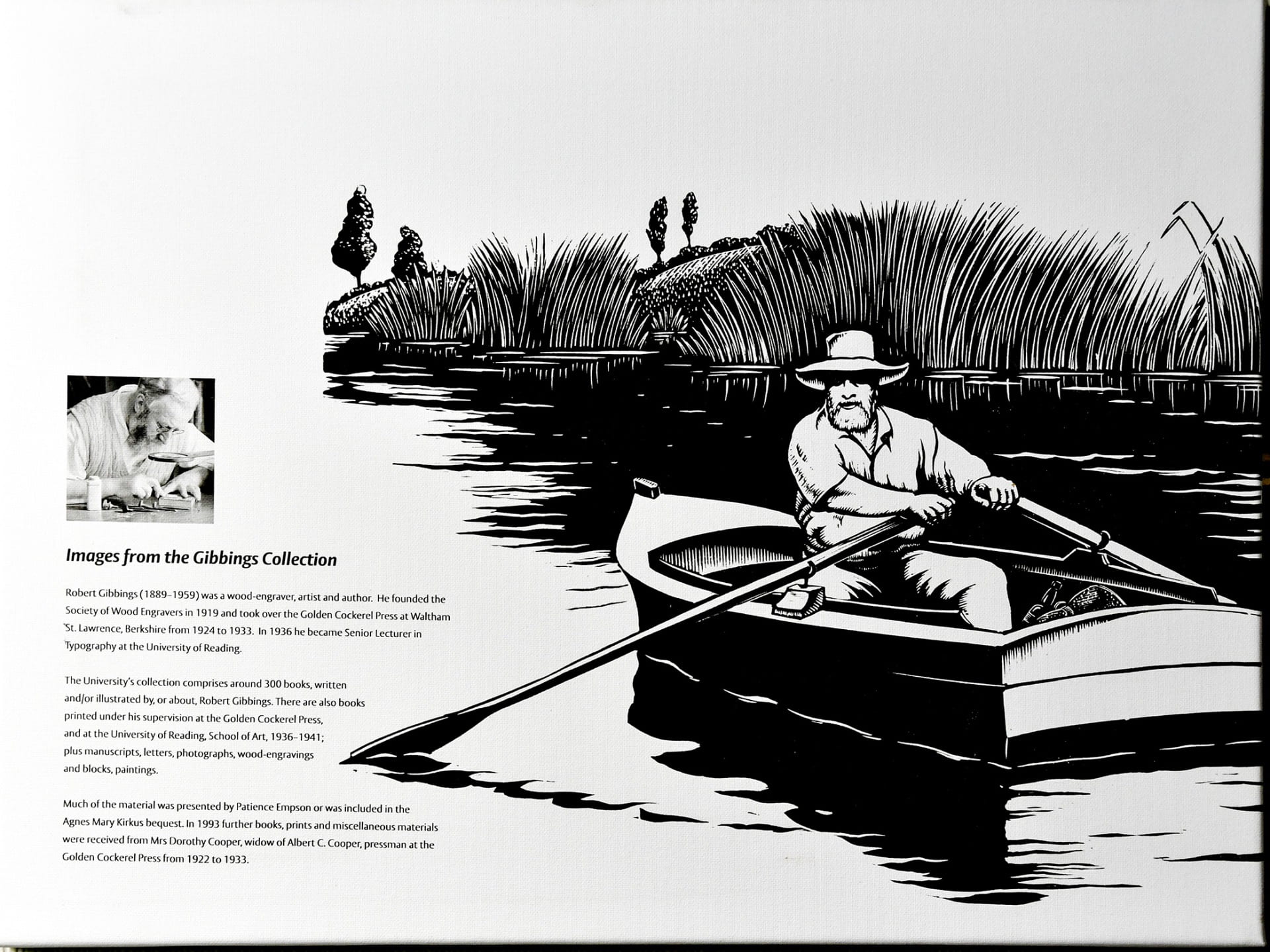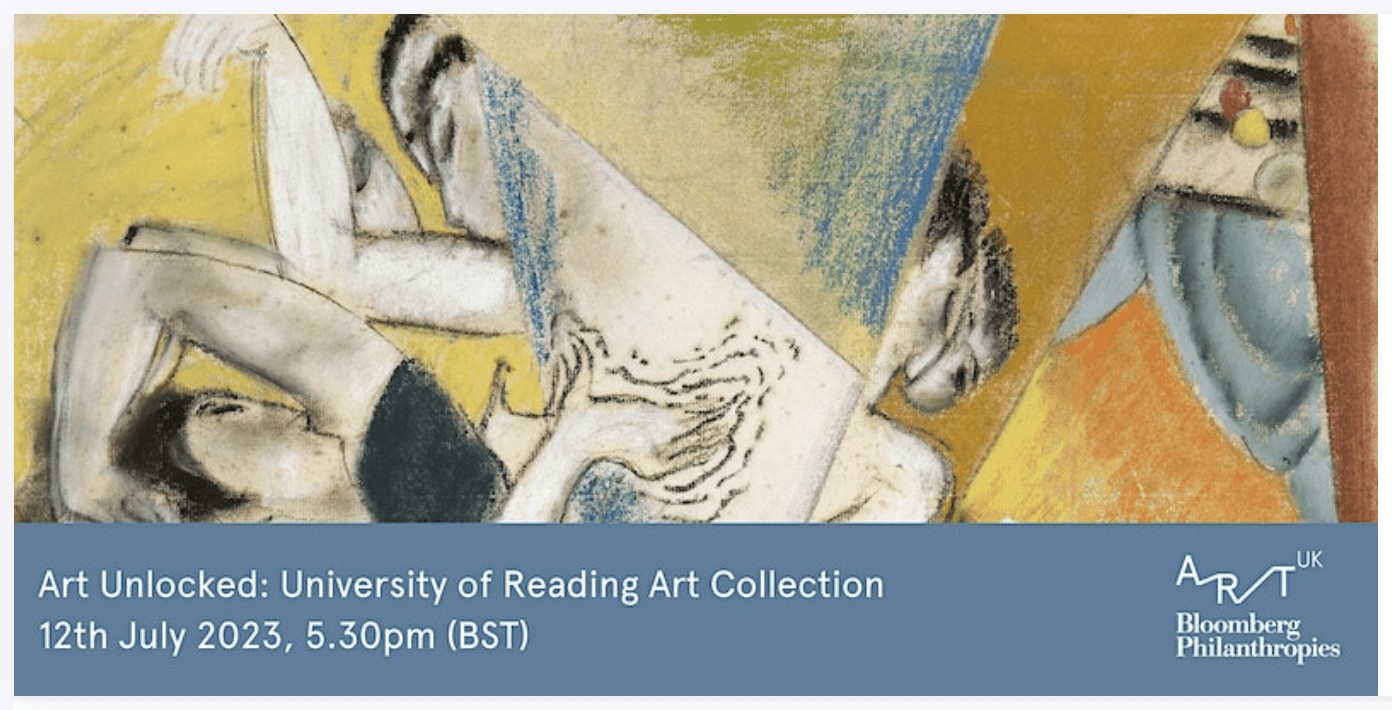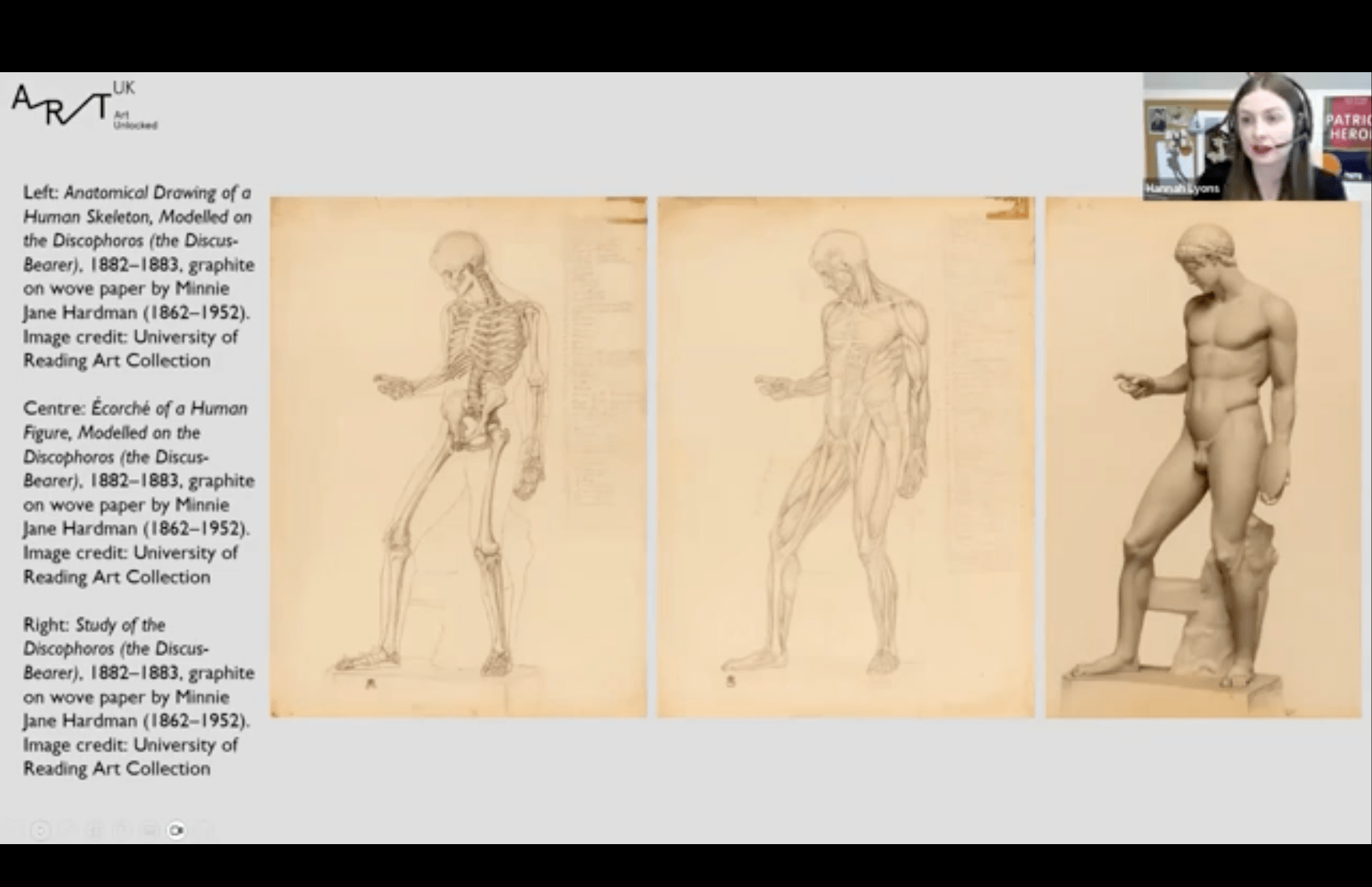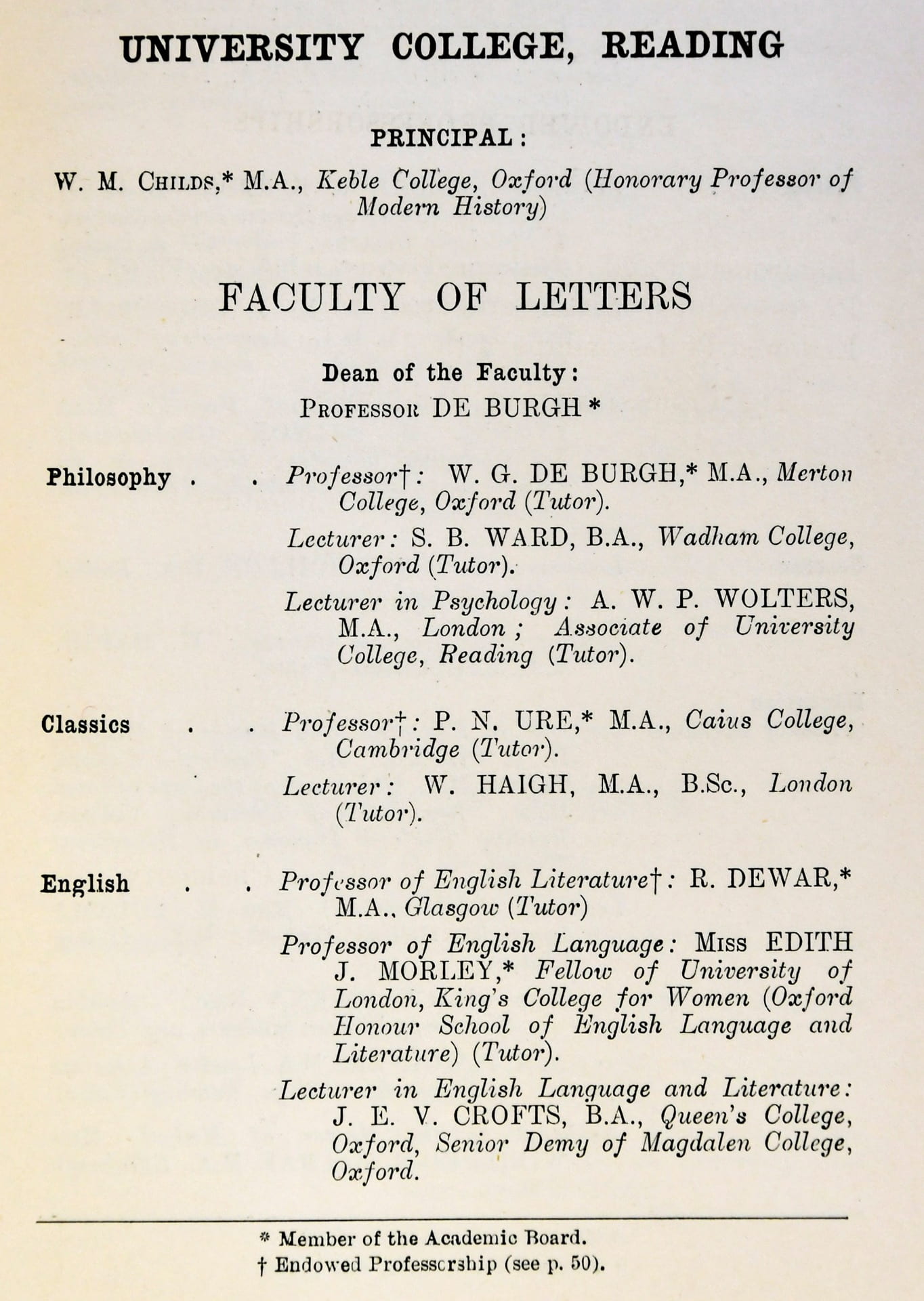‘It seemed to rain a great deal in Reading.’ (Elspeth Huxley, ‘Love among the Daughters’, p. 58)
Elspeth Huxley, born Elspeth Grant in 1907, was an agriculture student at Reading in the 1920s. Earlier posts on this blog have mentioned her ‘approved lodgings’ and her description of the Great Hall as ‘a sort of outsize garden shed’.
There are so many facets to Huxley’s life that it is hard to sum her up. She was a prolific writer of both fiction and non-fiction, travel-writer, journalist, broadcaster, agriculturist and environmentalist. She was esteemed as an expert on African affairs and was invited onto the Monckton Commission which reviewed the constitution of the Federation of Rhodesia and Nyasaland in 1960.

In 1925 at the age of 18 she left her parents’ coffee plantation in Kenya and headed for England to begin two years as a student of Agriculture at Reading. She arrived during the period when the University College was being transformed into the University of Reading but, as far as I can tell, she made no mention of this in her writing or later interviews.
The University’s official record of her is sparse but there are two relevant entries in the University’s annual report for 1926-27: she was awarded the Diploma in Agriculture, Division I (‘Subject to completion of farm work’) and was the recipient of the Leonard Sutton Prize for Agriculture.
In an interview for the Bristol Museum in 1994, nearly 70 years later, the period at Reading was dismissed with no more than a cursory mention:
‘I left [Kenya] when I was 18 to get a bit of education as they thought, because I hadn’t had any to note.’
Nevertheless, it was a sufficiently important landmark in her life that she devoted six chapters to it in her autobiographical narrative ‘Love among the Daughters’.
‘Love among the Daughters’
This was Huxley’s 26th book. published in 1968 and serialised on BBC’s Woman’s Hour the following year. It was the third autobiographical volume recounting her early life and followed ‘The Flame Trees of Thika’ (1959) and ‘The Mottled Lizard’ (1962), accounts of her childhood in Africa. ‘The Flame Trees of Thika’ was made into a seven-part series by Thames TV in 1981.
The daughters of the title are Elspeth’s cousins, given the pseudonyms Gertrude, Kate and Joanna. They are the children of her ‘Aunt Madge’ and ‘Uncle Jack’ with whom she stayed on arrival in the UK and during the vacations.
The book is a chronological account of her time at Reading followed by a year at Cornell University in the USA. It is interspersed with witty descriptions of her eccentric relatives and their acquaintances. Huxley, newly arrived from the colonies, is the naive outsider, like an anthropologist observing the customs of a remote tribe, delicately negotiating English society with its house parties, fox hunting and intimidating servants. The same sense of puzzlement imbues her academic life – Reading was ‘honeycombed with subtle snobberies’ – while her first weeks at Cornell with its sororities and complex course structures were a bewildering sequence of events over which she appeared to have little control.
An interesting feature is her perspective on the relative merits of university life in England and the USA. Although she enjoyed her time at Cornell and appreciated closer relationships with professors and lecturers, she was less impressed by the academic culture – her courses were like an assembly line. They were were hard work – intensive and highly structured, and the examinations were memory tests:
‘Facts were black and white, not grey. The fuzziness was gone. The English ambiguity had annoyed me but now I missed it… The aim here was to answer questions; there [at Reading] to ask them.’ (p. 167).
The theme of university life in the States is one she had originally addressed in an article submitted to Tamesis, the College Magazine, in autumn 1927 – these were still her earliest impressions and focused on the size of the institution, the social life, fraternities, football games and the diversity of subjects on offer. Nevertheless, she had already made up her mind that:
‘Education slavishly follows set lines: whereas personal freedom is almost unlimited, intellectual bondage is complete.’ (Huxley, 1927, p. 12)
The Depiction of Reading in ‘Love among the Daughters’
The town of Reading with its ‘unpretentious’ College/University was always destined to be a disappointment.
‘No one would believe [Reading] had a university.’ (pp. 24-5)
Elspeth’s dream had been Oxford or Cambridge but a lack of Latin gave her little choice:
‘no one would be at Reading if he could possibly have got a place at Oxford’ (p. 60)
Some of her first impressions of the campus and its surroundings are recorded on page 47:
-
- ‘London Road was not as squalid as some of the neighbouring streets… little dwellings dark with grime’;
- Close by was ‘the Royal Berkshire Hospital, which looked more like a university than that establishment itself.’;
- The campus sported ‘an ugly clock tower’;
- ‘The whole place had a newly spawned and makeshift appearance and lacked dignity, coherence or style.’;
- The lobby was ‘much less imposing than the booking hall of any small country station.’.
Elsewhere she refers to ‘the dark back-streets of Reading wet with drizzle’ (p. 122) and contemplates the rumour that Reading was the second most immoral city in England (second only to Nottingham!).
On a lighter note, she writes of college dances, learning the tango, walks by the Thames, teas in Sonning and the Henley Regatta. She provides pen portraits of her lecturers and fellow students. Despite the alleged immorality of the town, relationships between female and male students were chaste, not for moral or religious reasons but simply because of a ‘lack of facilities’:
‘What could we do on a muddy tow-path in a wet gale on a Sunday Evening swathed in macs and blue with cold, even when strengthened by iced cakes?’ (p. 64)
Her academic studies centred on the biological sciences combined with practical farm work:
‘we spent many wet, cold and inconclusive afternoons trudging round the university farm learning how to mark out a field for ploughing, to distinguish Yorkshire fog from cocksfoot and sainfoin from broad red clover, to master the show points of bulls, cows, pigs and fat bullocks, and to calculate the areas of fields.’ (p. 117)
Studying the natural sciences was a new experience for her, and something of a revelation. She seems barely able to contain her enthusiasm for areas of biology, zoology and bacteriology such as the life of the liver fluke or the structure of a stamen.
The Book Reviews
The University of Reading’s Special Collections holds 35 pages of press cuttings containing reviews, publisher’s announcements and interviews with the author, all relating to ‘Love among the Daughters’.
The reviews tend to focus on the eccentricities of Huxley’s relatives and acquaintances and upper-class rural life spent hunting and shooting. Those that deal in any depth with Reading University echo the drabness and gloom of Huxley’s description, the petty bourgeois snobbery and student poverty.
Huxley’s time at Cornell receives far less attention, except from reviews in The New York Times and The Irish Times; a BBC Radio 4 broadcast on ‘Today from the South and West’ cut the whole section on Elspeth’s time in the US from the original script.
Several reviewers mention, or deplore, the role of students in helping to break the General Strike of 1926 believing that they were saving the nation. It was an event that Huxley herself looks back on with embarrassment at the political naivety of herself and her friends: ‘overnight the students became a reservoir of scabs’ (p. 138).
Huxley’s biographer, Christine Nicholls, claims that the critics were unanimous in their praise of the book, and while it is true that the response was overwhelmingly positive, there were a few reservations. Christopher Wordsworth in The Observer (29/9/68) suggested that the comedy was overdone. Others questioned the accuracy of Huxley’s memory and disputed the amount of rain that fell on the town.
A future post will address some of the aspects of ‘Love among the Daughters’ that may leave modern readers feeling distinctly uncomfortable, and consider the historical accuracy of a work that was written some four decades after the events depicted.
Thanks
To Thomas Birkhead at the Penguin Random House archive for permission to access the Review File for ‘Love among the daughters’ and to Jayne Pucknell, Senior Archivist at the Bristol Archives, for the transcript of Huxley’s 1994 interview and the photograph of her in Kenya.
Sources
Bristol Archives. Interview with Mrs Elspeth Huxley in Oaksey on 7th March 1994. Reference: BECC OH 0114.
Huxley, E. J. (1927). I’ll tell the world! Impressions of an American university. Tamesis: The Official Organ of the Students’ Union of the University of Reading, Vol. XXVI, Autumn Term, No. 1, pp. 11-13.
Huxley, E. J. (1968). Love among the daughters. London: Chatto & Windus.
Nicholls, C. S. (2002). Elspeth Huxley: a biography. London: Harper Collins.
University College Reading, Calendar, 1925-6.
University of Reading, Calendars, 1926-27 & 1927-28.
University of Reading. Proceedings of the University, 1926-27.
University of Reading Special Collections. Review file for ‘Love among the Daughters’ by Elspeth Huxley. Reference number: CW R/4/40.
